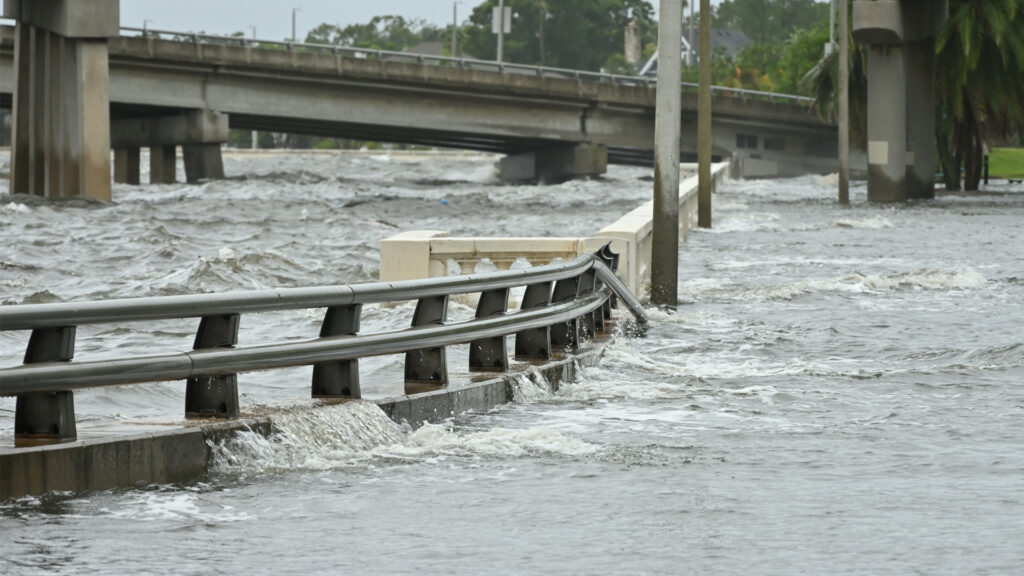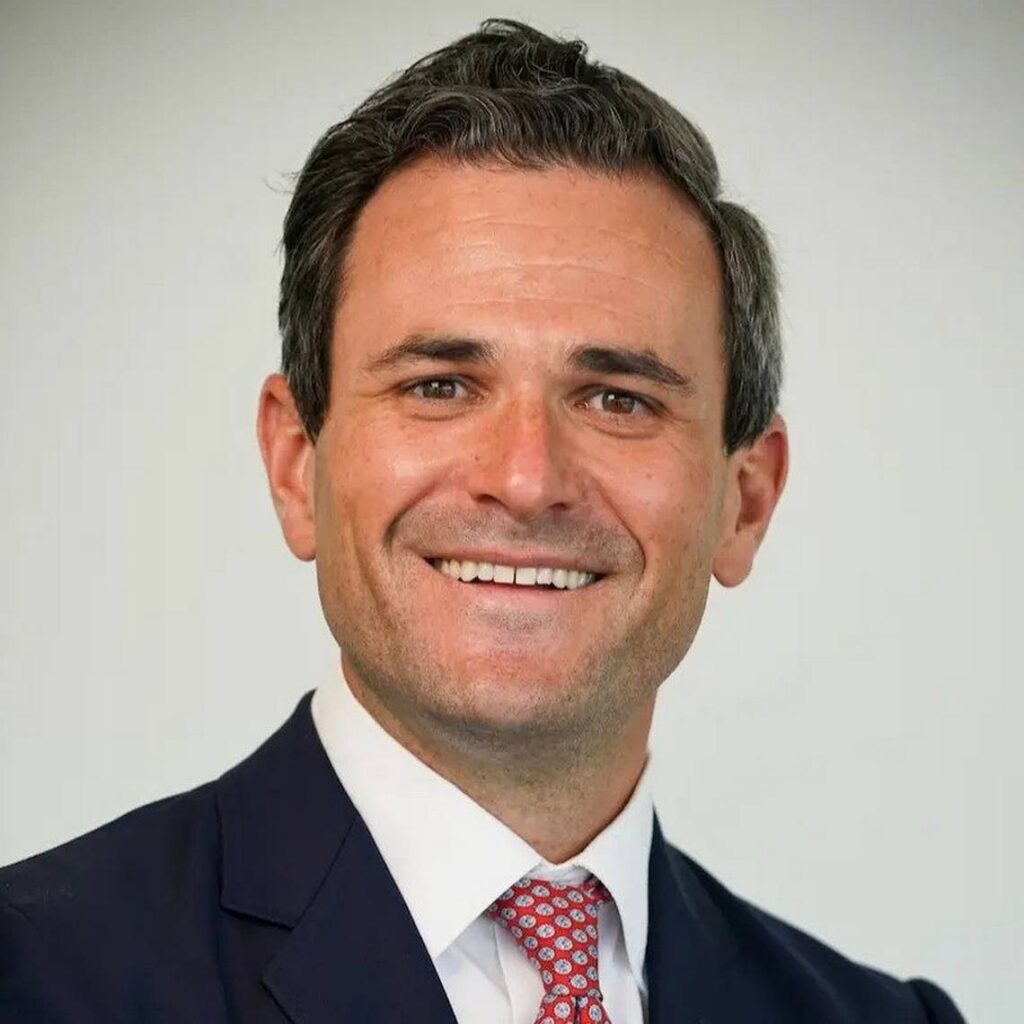By Chris Brown, SmarterSafer Coalition
With another narrowly avoided government shutdown and expiration of the National Flood Insurance Program (NFIP), Americans coast to coast are plagued by a sense of uncertainty. What is certain is how these factors can undermine disaster preparedness as we approach winter and will once again be faced with the possibility of “weather whiplash.”
Weather whiplash, or extreme weather events that shift between two opposing weather conditions, is not a new phenomenon. In the past, though, communities didn’t associate natural disaster activity with winter weather events. Recent natural disasters have changed this thinking.
California, for example, experienced its worst drought in over 1,200 years only to be succeeded by torrential rain that was 400% to 600% above average. This series of events caused some of the worst floods in the state’s history.

It also doesn’t help that the roughly 2-degree Fahrenheit (1 degree Celsius) increase in global average surface temperature has likely contributed to intensified natural disaster activity to a point where shifts in weather conditions have gone from routine to potentially catastrophic.
As weather whiplash worsens, effective disaster preparedness becomes more difficult. This unfortunate circumstance leaves communities more vulnerable to the impacts of natural disasters. These conditions necessitate collaboration among policymakers and government agencies to proactively prepare for climate change.
The financial toll of severe weather events is staggering, and growing, evidenced by the record number of billion-dollar natural disasters this year. Each year we witness a sharp increase in costs associated with recovery each year. Federal and state budgets strain under the weight of these expenditures, and taxpayers are footing the bill. Without a comprehensive pre-disaster mitigation strategy, one that encourages loss prevention over repeated rehabilitation, the burden extends to individuals, businesses and communities that lack the ability to face a global issue on their own.
Flirtations with government shutdowns only exacerbate the crisis. Pauses in Federal Emergency Management Agency aid for long-term disaster recovery and the near-expiration of the National Flood Insurance Program added new layers of potential catastrophe for millions.
How to weather both the whiplash and government disarray? Investing in resilient infrastructure is the most viable way to mitigate disaster. From fireproofing homes to floodplain management, organizations like Habitat for Humanity and The Nature Conservancy have worked closely with at-risk communities to mitigate the impacts of natural disasters. These measures have had a proven track record of cost reduction. During Hurricane Sandy in 2012, for example, these measures proved to be effective in that wetlands were able to reduce damages by more than 22% in half of the areas impacted by the storm.
In an era marked by increasingly erratic climate patterns, infrastructure designed and constructed to withstand these fluctuations is essential. Climate-resistant infrastructure isn’t merely a practical response, it’s a strategic approach that anticipates volatility, from extreme heatwaves to sudden cold snaps and devastating storms fueled by weather whiplash.

Additionally, cooperation across the aisle and public-private partnerships can pave the way for fiscally responsible policies that can save taxpayers millions of dollars. For example, one bill calls for the consideration of private flood insurance coverage on continuous coverage requirements while another requests greater protections for repeatedly flooded communities.
As we approach the winter months and grapple with the ongoing reality of weather whiplash, the urgency of addressing climate change and weather-related challenges becomes increasingly palpable. Investing in climate-resistant infrastructure emerges is an effective means to mitigate the impact of these turbulent times.
Beyond the immediate security it provides, the economic and societal benefits of climate-resilient infrastructure are profound, saving tax dollars while also saving lives. The goal is not to simply weather the storm but, rather, to grow stronger in the midst of an escalating climate crisis.
By proactively investing in a more resilient future, we can do just that.
Chris Brown is the executive director of the SmarterSafer Coalition. This opinion piece was originally published by the Miami Herald, which is a media partner of The Invading Sea.
If you are interested in submitting an opinion piece to The Invading Sea, email Editor Nathan Crabbe at ncrabbe@fau.edu. Sign up for The Invading Sea newsletter by visiting here.



